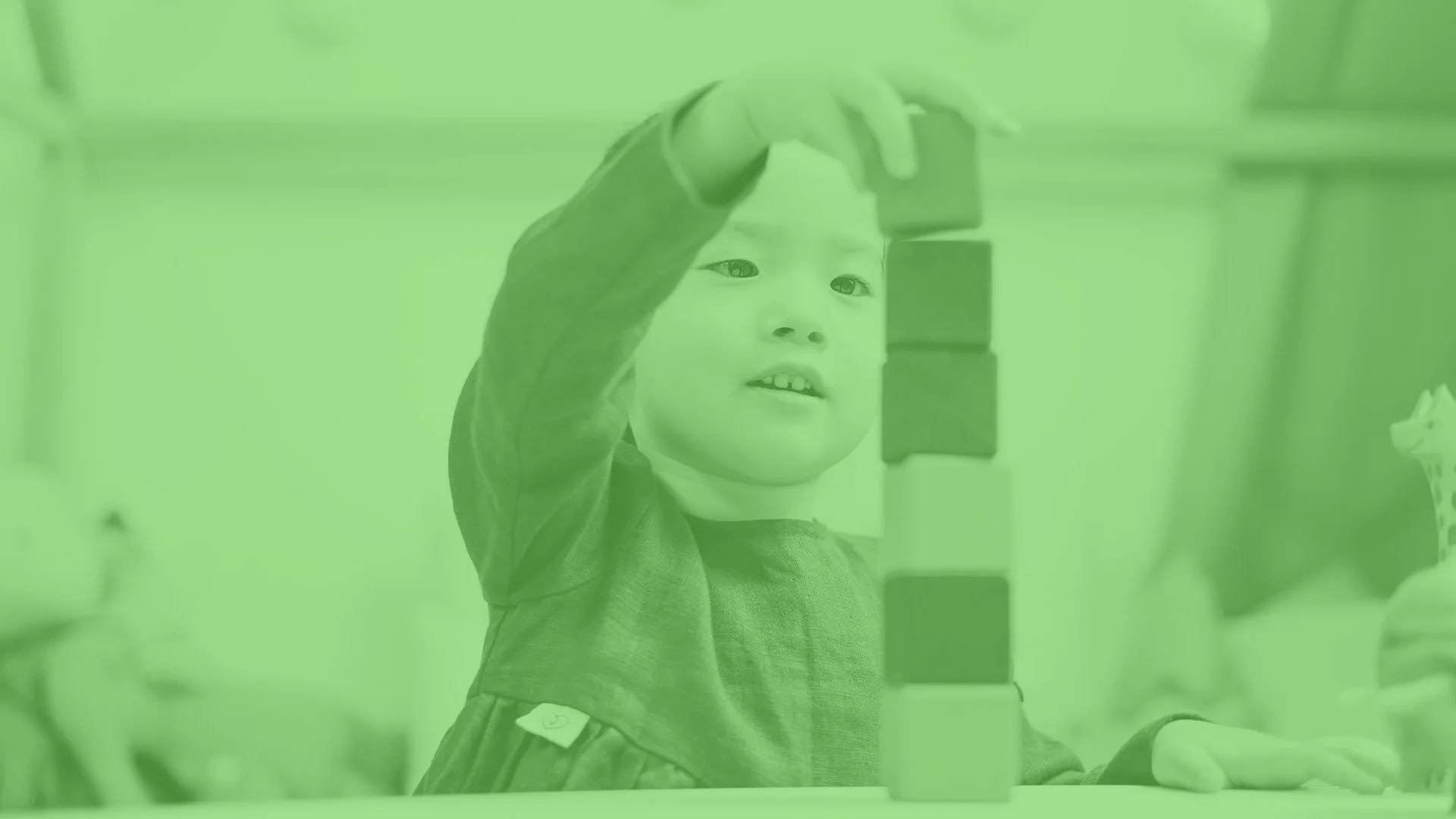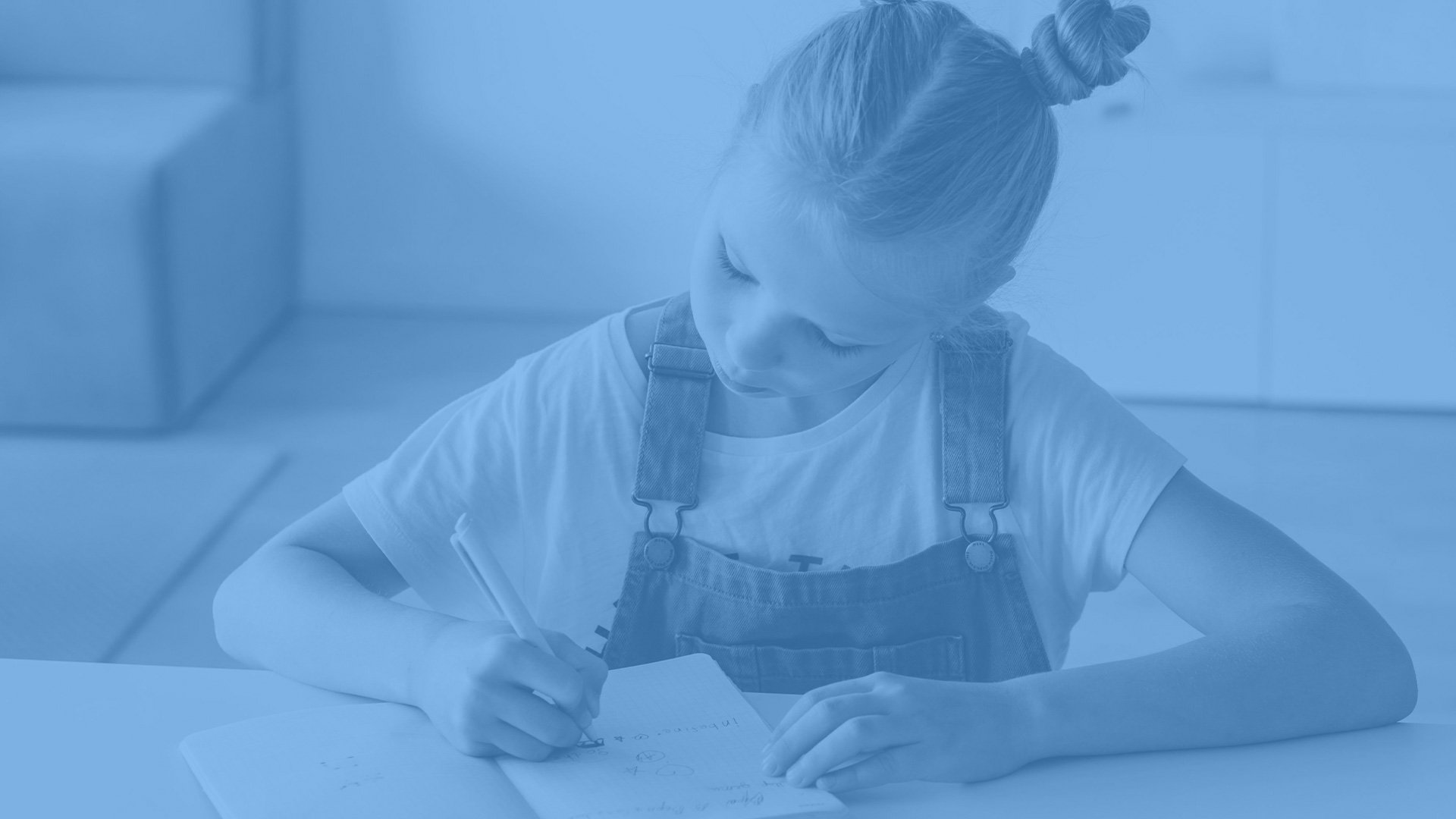
MathsBites is your go-to guide for
clarity, confidence and certainty.
MathsBites is built using the NSW syllabus.
Every concept below will be covered by your child during Kinder,
and every concept is explained and demonstrated by your MathsBites videos.
Scroll through and see how much they will cover.
Early Stage 1 - Kindergarten
Representing whole numbers
Instantly name the number of objects within small collections
Instantly recognise (subitise) the number of items in small groups of up to four items without counting
Identify the number of items in different arrangements
Use the counting sequence of ones flexibly
Count forwards to at least 30 and state the number after or before a given number, without needing to count from one
Identify and distinguish the ‘teen’ numbers from multiples of ten with the same initial sounds
Count backwards from a given number 20 or less
Identify the number before as 'one less' and the number after as 'one more’ than a given number
Recognise number patterns
Recognise dice and domino dot patterns
Recognise different finger patterns for the same number
Connect counting and numerals to quantities
Count with one-to-one correspondence, recognising that the last number name represents the total number in the collection
Count out a specified number of objects (from 5 to 20) from a larger collection, keeping track of the count
Make correspondences between collections
Read numerals to at least 20, including zero
Represent numbers as quantities to at least 20 using objects (such as fingers), number words and numerals
Compare and order numbers to 20
Use the term ‘is the same as’ to express equality of groups
Model additive relations and compare quantities
Identify situations in which addition and subtraction may be applied
Combine two or more groups of objects to model addition, identifying the relationship between the parts and the whole
Separate and take away part of a group of objects to model subtraction
Use concrete materials or fingers to model and solve addition and subtraction questions, counting forwards or backwards by ones as necessary
Compare two groups of objects to determine how many more
Combining and Separating Quantities
Identify part–whole relationships in numbers up to 10
Use visual representations of numbers to assist with combining and separating quantities, identifying the relationship between the quantities
Describe the action of combining, separating and comparing
Use five as a reference in forming numbers from six to ten
Create, model and recognise combinations for numbers up to ten
Count by ones to find the total or difference
Use drawings, words and numerals to record addition and subtraction, and explain their thinking
Investigate and form equal groups by sharing
Distribute a group of familiar objects into smaller groups and recognise whether the number in each group is equal or not
Group and share concrete materials by distributing objects one by one or using another method
Copy, continue and create patterns
Copy and continue repeating patterns using sounds and/or actions
Copy, continue and create repeating patterns using shapes, objects, images or pictures
Forming Groups
Record grouping and sharing
Label the number of objects in a group
Record grouping and sharing using drawings, words and numerals, and explain their thinking
Position: Describe position and movement of oneself
Give and follow simple directions to position themselves or objects
Describe the position of an object in relation to another object, such as in, on, under as well as the directions up and down
Describe the position of an object using proximity terms and referring to frames of reference
Use the ordinal names to at least third to describe order of position
Begin to describe the positions of objects in relation to themselves using the terms ‘left’ and ‘right’
Geometric Measure
Length: Use direct and indirect comparisons to decide which is longer
Identify the attribute of 'length' as the measure of an object from end to end
Use comparative language to describe length
Compare lengths directly by placing objects side by side and aligning the ends
Explain why the length of a piece of string remains unchanged whether placed in a straight line or a curve
Compare lengths indirectly by copying a length
Length: Create half a length
Divide a length into two equal parts
Distinguish between the halfway point and half a length
Describe positions as 'about halfway', 'more than halfway' or 'less than halfway'
2D shapes: Sort, describe and name familiar shapes
Identify familiar shapes in a range of contexts
Sort shapes according to features such as size and shape
Recognise and explain how a group of shapes has been sorted
Describe shapes, including circles, squares, triangles and rectangles
Ask and respond to questions that help identify and name a particular shape
Distinguish examples of triangles from non-examples
Two-dimensional spatial structure
2D shapes: Represent shapes
Manipulate circles, squares, triangles and rectangles, and describe their features
Turn shapes to fit into or match a given space (Reasons about spatial relations)
Make representations of shapes in a variety of ways, using paint, paper, movements or technology
Make pictures and designs using a selection of shapes
Make two-dimensional shapes by tracing around the faces of three-dimensional objects
Identify and draw lines and curves
Area: Identify and compare area
Make closed shapes and identify the attribute of area as the measure of the amount of surface
Use comparative language to describe areas
Predict which of two surfaces will have the larger area and justify the answer
Compare areas of two similar shapes directly by drawing, tracing, or cutting and pasting
Volume: Compare internal volume by filling and packing
Fill and empty containers using materials such as water or sand
Use the terms ‘full’, ‘empty’ and ‘about half full’
Compare the internal volumes (capacities) of two containers directly by filling one and pouring into the other
Compare the internal volumes of two containers indirectly by pouring their contents into two other identical containers and observing the level reached in each
Establish that containers of different shapes may hold the same amount
Stack and pack blocks into defined spaces
Three-dimensional spatial structure
3D objects: Explore familiar three-dimensional objects
Describe the features of familiar objects
Sort objects and identify the attribute used to sort them
Make and describe a variety of three-dimensional models
Predict the stacking capabilities of various three-dimensional objects
Volume: Compare volume by building
Identify the attribute of volume as the amount of space an object or substance occupies
Compare the volumes of two objects made from blocks or connecting cubes directly by deconstructing one object and using its parts to construct a copy of the other object
Use comparative language to describe volume
Mass: Identify and compare mass using weight
Identify that objects can be heavy or light
Compare two masses directly by hefting
Predict which object would be heavier than, lighter than, or have about the same weight as another object and explain reasons for this prediction
Non-spatial Measure
Time: Connect days of the week to familiar events and actions
Recall that there are seven days in a week
Name and order the days of the week
Identify events that occur daily and relate events to a particular day or time of day
Time: Compare and order the duration of events using the language of time
Use terms such as 'daytime', 'night-time', 'morning', 'afternoon', 'today', 'tomorrow', 'yesterday', 'before', 'after' and 'next'
Sequence events in time
Compare the duration of two events
Time: Tell time on the hour on analog and digital clocks
Create the layout of an analog clock
Read analog and digital clocks to the hour using the term ‘o'clock’
Describe the position of the hour and minute hands on an analog clock when reading hour time
Data
Organise objects into simple data displays and interpret the displays
Group objects according to characteristics
Compare the sizes of groups of objects by counting
Arrange objects according to a characteristic to form a data display
Interpret information presented in a data display to answer questions
Respond to questions, collect information and discuss possible outcomes of activities
Predict possible responses to a question
Collect information from their peers and about their environment
Pose and respond to questions about the information collected
It’s a lot, right?
Don’t worry … MathsBites walks you through every single one, so that you are:
clear on exactly what your child is learning and how to help using the language and strategies they’ll use in class
ready to help them work with the maths concepts that are a part of their everyday lives
prepared, so when they get ‘stuck’, you can help them through
proactive rather than reactive.






